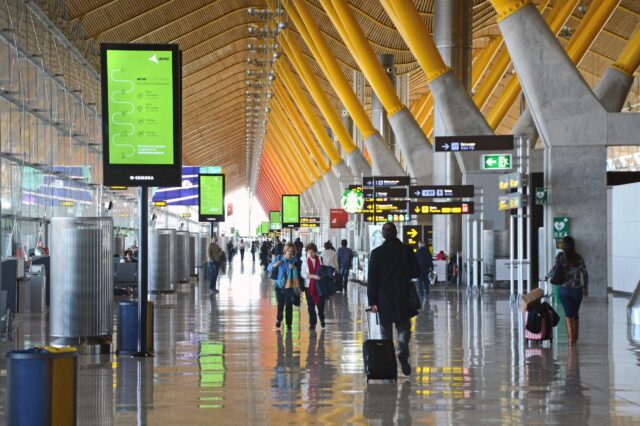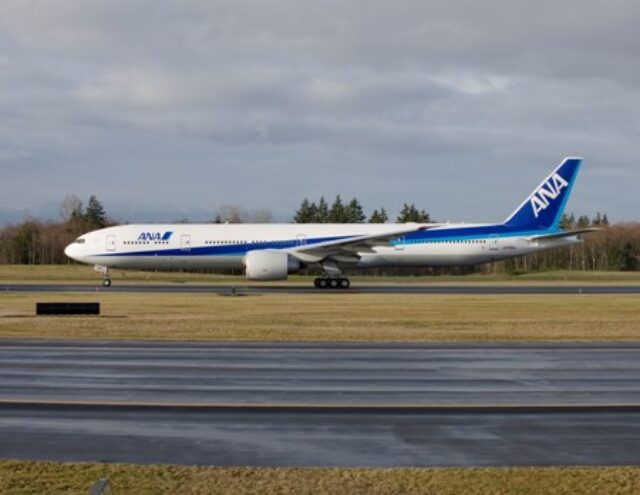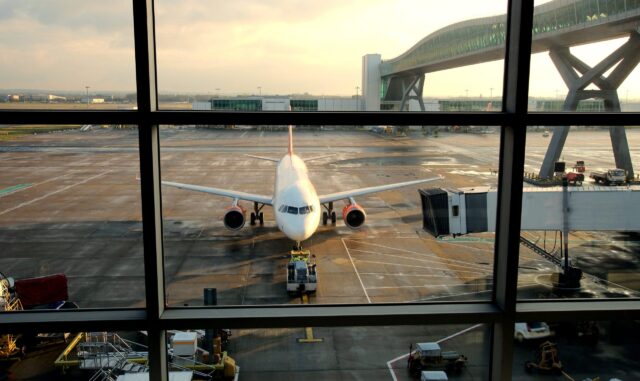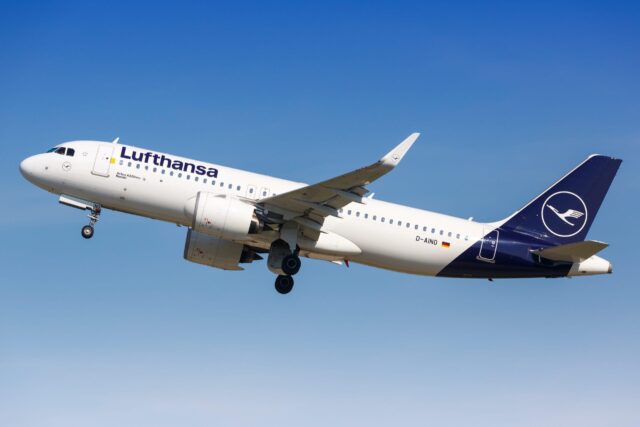IndiGo’s widebody revolution: India’s biggest airline gets serious about going global

India’s largest airline IndiGo has firmed up a major step in its transformation from a low-cost domestic giant into a serious international contender, confirming this week that it will expand its wide-body fleet plans with a fresh commitment to the Airbus A350.
The airline, known for its single-type A320-family fleet until recently, has signed a memorandum of understanding (MoU) with Airbus to convert 30 of its 70 A350 purchase rights into firm orders.
This comes on top of a previous deal announced in April 2024 for 30 A350-900s, bringing the number of aircraft now on firm order to 60. Deliveries are set to begin in 2027.
The move underlines IndiGo’s sharp pivot towards long-haul international flying, a segment it had long avoided while focusing on low-cost, short- and medium-haul routes across India and nearby regions.
With the new A350 fleet, the airline plans to link Indian metros directly to cities in Europe, East Asia and potentially North America, taking advantage of India’s rapidly expanding global travel demand and its geographically strategic position.
“In April 2024, IndiGo took the strategic decision to induct widebody aircraft in its fleet by placing a firm order for 30 A350-900 aircraft, with purchase rights for an additional 70 aircraft,” the airline noted in a statement.
“This strategic move will enable IndiGo to spread its wings further and expand its long-haul international network, connecting Indian metros to different parts of the world.”

The airline has already begun laying the groundwork for its long-haul network. In March 2025, it announced the introduction of six widebody aircraft on temporary lease from Norse Atlantic Airways (pictured above), scheduled to be delivered by 2026.
These will serve as a bridge until the new A350s start arriving in 2027, giving IndiGo early exposure to long-haul operations and helping build necessary infrastructure, crews and systems.
The newly confirmed batch of 30 aircraft is part of that broader vision, and the airline’s growing A350 fleet will be powered by Rolls-Royce Trent XWB engines. The aircraft’s combination of range and fuel efficiency is seen as critical to IndiGo’s ambitions in long-haul markets, where operating economics and reliability are key.
“The mission capability of this aircraft, coupled with the efficiency of the Trent XWB engine, will offer IndiGo unprecedented optionality and reach as it embarks on the next stage of its wonderful journey of addressing the rapidly evolving needs of the Indian market and our nation,” the airline said.
IndiGo’s decision to embrace widebody operations marks a significant evolution in its business model. Traditionally focused on point-to-point regional flying with high frequency and low costs, the carrier has for years dominated the Indian domestic market and built a dense network across South and Southeast Asia.
But with Indian outbound international travel booming, and with the government pushing to develop India into a global aviation hub, IndiGo’s widebody strategy is emerging as a crucial part of the country’s larger aviation ambitions.
Competition with Air India
Until recently, India’s full-service flag carrier Air India was the only Indian airline operating long-haul widebody aircraft at scale.
IndiGo’s entry into this space could disrupt that dominance, especially if the low-cost model can be successfully adapted for long-haul routes. The airline has not yet confirmed whether it plans to offer a full-service product onboard the A350s or stick to a low-cost approach with optional extras.
Industry observers will be closely watching how IndiGo balances its high-efficiency, high-frequency model with the demands of long-haul flying, which typically involves longer turnaround times, more complex operational planning and higher service expectations. Other airlines, notably Norwegian, have struggled to make a success of low-cost long haul.
However, India, already the third-largest aviation market in the world and one which is poised for further expansion, is different.
The government has outlined plans to invest heavily in airport infrastructure and has ambitions to turn the country into a major global transit hub.
IndiGo’s long-haul move is not just about fleet strategy, it is increasingly a bet on India’s future role in global aviation.
















